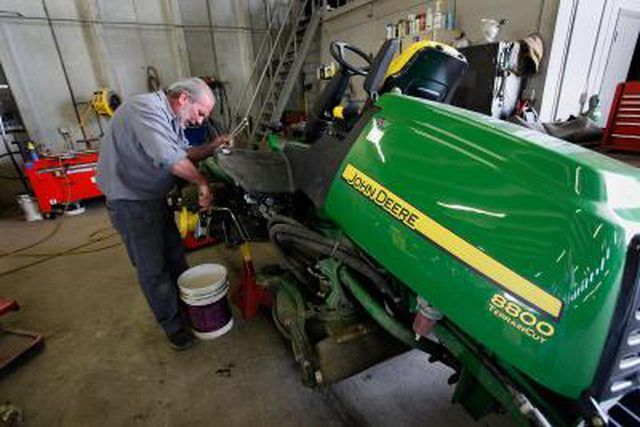Bulbs
Flower Basics
Flower Beds & Specialty Gardens
Flower Garden
Garden Furniture
Garden Gnomes
Garden Seeds
Garden Sheds
Garden Statues
Garden Tools & Supplies
Gardening Basics
Green & Organic
Groundcovers & Vines
Growing Annuals
Growing Basil
Growing Beans
Growing Berries
Growing Blueberries
Growing Cactus
Growing Corn
Growing Cotton
Growing Edibles
Growing Flowers
Growing Garlic
Growing Grapes
Growing Grass
Growing Herbs
Growing Jasmine
Growing Mint
Growing Mushrooms
Orchids
Growing Peanuts
Growing Perennials
Growing Plants
Growing Rosemary
Growing Roses
Growing Strawberries
Growing Sunflowers
Growing Thyme
Growing Tomatoes
Growing Tulips
Growing Vegetables
Herb Basics
Herb Garden
Indoor Growing
Landscaping Basics
Landscaping Patios
Landscaping Plants
Landscaping Shrubs
Landscaping Trees
Landscaping Walks & Pathways
Lawn Basics
Lawn Maintenance
Lawn Mowers
Lawn Ornaments
Lawn Planting
Lawn Tools
Outdoor Growing
Overall Landscape Planning
Pests, Weeds & Problems
Plant Basics
Rock Garden
Rose Garden
Shrubs
Soil
Specialty Gardens
Trees
Vegetable Garden
Yard Maintenance
How to Paint a John Deere Tractor
How to Paint a John Deere Tractor. John Deere, also known as Deere & Company, was founded in 1837. It produces a wide variety of tractors that are dependable and easy to operate. John Deere tractors are available in different sizes ranging from 18 horsepower to 530 horsepower. Scrapes and scratches on the body of the tractor will eventually...

John Deere, also known as Deere & Company, was founded in 1837. It produces a wide variety of tractors that are dependable and easy to operate. John Deere tractors are available in different sizes ranging from 18 horsepower to 530 horsepower. Scrapes and scratches on the body of the tractor will eventually turn to rust. Over time, rust will cause problems to the structure of your John Deere tractor. Paint not only provides an updated appearance but also protects against structural damage.
Things You'll Need
Sandpaper wet/dry (80 and 350 grit)
Sanding block
Cloth
Spray water bottle
Trash bags
Masking tape
Automotive primer
Enamel tractor paint
Automotive clear coat
Paint spray respirator
Gloves
Remove existing paint and rust from the tractor with 80 grit sandpaper. Sand all of the areas where paint will be applied. Use a putty knife and a heat gun to remove decals and the remaining adhesive. Replacement decal sets can be purchased.
Remove debris particles from the surface of the tractor with a damp cloth.
Cover areas you do not want to paint such as the dash and lights with masking tape. Use trash bags to cover large areas such as the tires and the engine.
Apply one coat of primer and let it dry. Apply two to four more coats, as needed.
Sand the primer after it has completely dried with the sanding block and 350 grit sandpaper. Keep the area damp with a water squirt bottle to avoid paint sticking to the sandpaper. After sanding, the surface should be smooth.
Remove sanding debris with a damp cloth.
Hold the paint can 8 to 12 inches away from the body of the tractor. Distribute spray paint in quick, even strokes. Move the can in a side-to-side motion. Avoid paint drips by applying paint in thin coats. Apply a second coat of paint in an up-and-down motion. Apply a third coat of paint in a side-to-side motion. Allow the paint to dry for one to two hours between each application.
Apply automotive clear coat to seal the paint. Use two to three coats and allow the clear coat to dry between applications.
Tips & Warnings
Use more coats of primer if, after sanding, the tractor is not completely smooth.
Sand after primer is used. Paint will not adhere to the primer without sanding.
You can purchase John Deere green paint or John Deere yellow paint. This paint is specifically made to provide a match to the existing paint on your tractor.
Read and follow all manufacturer's warnings and instructions.
Protect your hands with gloves and use a paint spray respirator.